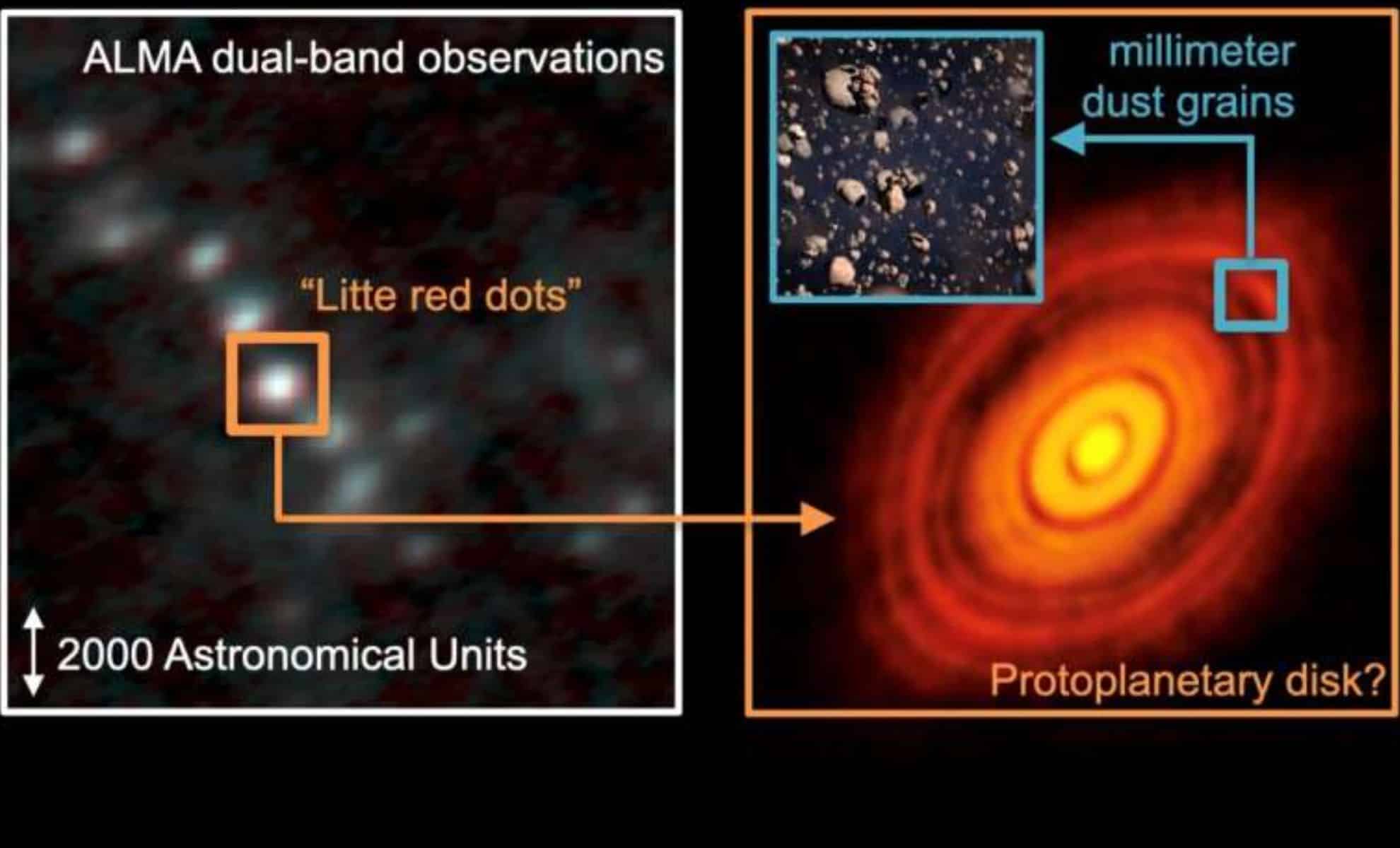
Scientists Discover Thousands of Hidden Planet-Forming Disks at the Milky Way’s Center
How did your country report this? Share your view in the comments.
Diverging Reports Breakdown
Original Coverage: Scientists Discover Thousands of Hidden Planet-Forming Disks at the Milky Way’s Center
Astronomers have identified a vast population of potential protoplanetary disks within the turbulent central molecular zone (CMZ) near the Milky Way’s galactic center. This groundbreaking research, detailed in the recent study published in Astronomy & Astrophysics, reveals that hundreds of these disks exist in one of the most extreme and least understood regions of our galaxy. The discovery of numerous protoplan planetary disks in the CMZ opens new avenues for understanding how planetary systems emerge under vastly different conditions from our solar neighborhood. The findings expand the frontier of planet formation studies to environments previously thought too hostile for such processes. These observations highlight how universal or varied the mechanisms of planetary system formation are across the galaxy, especially near supermassive black holes and dense star clusters. Future multi-wavelength and higher-resolution studies will be crucial to pinpoint the physical properties, dust evolution, and lifecycles ofThese disks.
Source: Dailygalaxy.com | Read full article
Exoplanet nurseries around infant stars can be much smaller than expected: ‘It is astonishing’
Astronomers have discovered that the flattened clouds of gas and dust around stars — nurseries that give birth to planets — are generally smaller than previously thought. Some are so small, in fact, they would neatly slot within Earth’s orbit around the sun. Astronomers studied 73 protoplanetary disks in the Lupus region, a prominent star-forming section in space that’s located around 400 light-years from Earth in the constellation Scorpius. The discovery has implications for the commonality of a particular kind of extrasolar planet, or “exoplanet,” called a super-Earth, which is more massive than Earth but smaller than ice giants like Neptune and Uranus. The new findings could also explain why super-Earths tend to be found around low-mass stars.”These results completely change our view of what a ‘typical’ protoplanets disk looks like,” team leader Osmar Guerra-Alvarado of Leiden University said in a statement. “We are finally revealing and understanding the most common conditions for planet formation,” Paola Pinilla said.
Source: Space.com | Read full article
Newborn stars surround a planet-forming disk 450 million light years away
The James Webb Space Telescope’s (JWST) picture of the month for February 2025 is showing off the power of planet formation. The space telescope recently honed in on protoplanetary disk HH30. It is about 450 million light years away from Earth in the dark cloud LDN 1551 in the Taurus Molecular Cloud. Understanding what is going on in these disks can help astronomers study how dust grains in space drift and settle, eventually building entire planets. The observations were taken as part of the Webb GO program #2562. This project aims to understand how dust evolves in edge-on disks like HH30, which are surrounded by newborn stars. The formation of a narrow–yet dense–layer of dust is an important stage during planet formation, where dust grains can clump together to create pebbles.
Source: Popsci.com | Read full article
Global Perspectives Summary
Our analysis reveals how this story is being framed differently across global media outlets.
Cultural contexts, editorial biases, and regional relevance all contribute to these variations.
This diversity in coverage underscores the importance of consuming news from multiple sources.
Source: https://dailygalaxy.com/2025/05/thousands-planet-forming-disks-milky-way/

